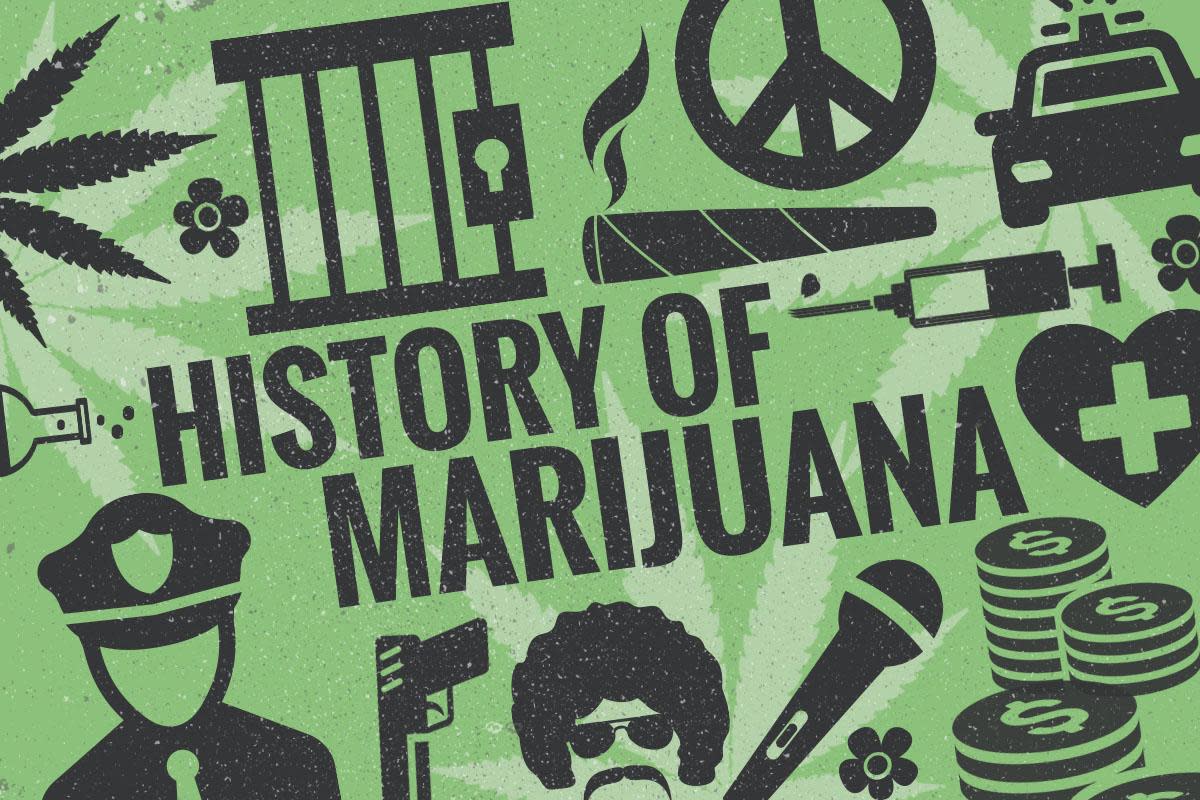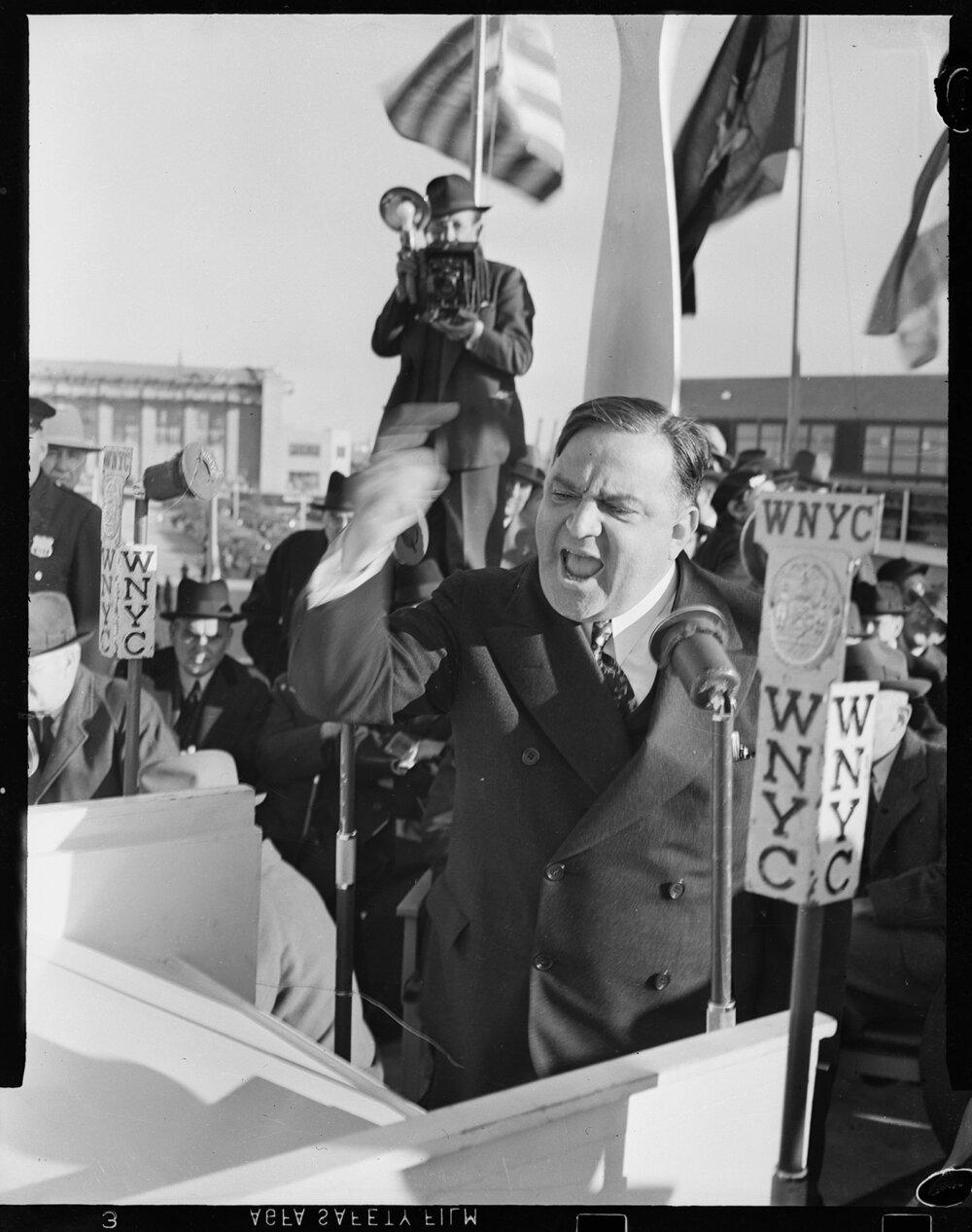Just as many of the demonized drugs of the 1960s have long, legitimate histories, people have also been smoking marijuana around the world for thousands of years. Marijuana came to the United States at the turn of the last century through Mexican immigrants coming across the border to look for work in the American southwest.
But white Americans weren’t feeling very welcoming and were looking for excuses for their racist hatred of Mexicans, so rumors began that pot gave these Mexicans superhuman strength and turned them into crazed murderers. Despite the fact that neither was true, these stereotypes would last for decades. Starting in 1914, local laws began popping up criminalizing marijuana – not so much as a way of controlling drug use as it was a way to drive out Mexicans and African Americans.
Soon, marijuana was lumped together in the minds of the public with serious drugs like heroin and opium and it was placed under the jurisdiction of the U.S. Treasury Department, which in turn created the Federal Bureau of Narcotics, headed up by prohibitionist Harry J. Anslinger. The War on Marijuana had begun.
Even though marijuana is not a narcotic.
And despite Anslinger, marijuana use spread throughout the country. Sailors from the West Indies brought it into Los Angeles. Black jazz musicians from New Orleans brought it up the Mississippi into the Midwest. In 1936, Hollywood produced the now comic but seriously intended “scare film,” Reefer Madness, which perpetuated the myth that pot drove users insane and turned them into crazed killers.
In 1937 President Franklin Roosevelt created a marijuana tax which required a government stamp in order to sell or distribute pot. The catch was the government refused to issue any stamps, effectively outlawing pot without actually passing a law. The government undertook a campaign of massive arrests throughout the country.
That same year, New York City Mayor Fiorello LaGuardia commissioned one of the first scientific studies of marijuana. After six years of studying the drug, the results proved that pot did not cause increased sexual drive, violence, or insanity. Anslinger was furious and destroyed every copy of the report he could get his hands on, while LaGuardia publicly came out for legalizing marijuana. Anslinger further made sure no more pot could be (legally) acquired for any other studies.
Anslinger also shifted his focus from ordinary Americans to movie stars to goose the publicity for his anti-pot campaign. Actor Robert Mitchum, drummer Gene Krupa, and many other celebrities were arrested and their arrests highly publicized. In response, the major Hollywood studios handed control of their films over to Anslinger, who banned any positive messages about pot in any films.
From 1937, when Anslinger’s official War on Marijuana began, through 1947, the government spent a whopping $270 million fighting marijuana, a drug proven to be virtually harmless. Since Anslinger had stopped the availability of pot for scientific studies, it remains a mystery where he got his information when he announced in the early 1950s that marijuana was a direct and inescapable step to heroin addiction. He also declared that Communists were behind the distribution of marijuana in the U.S. in order to make Americans “weak” and easy to conquer.
In the Cold War hysteria of the 50s, this campaign was Anslinger's most successful yet. He convinced Persident Truman to sign the Briggs Act which substantially increased penalties for marijuana possession. In 1961, Anslinger addressed the United Nations and convinced one hundred countries to sign an international agreement to outlaw marijuana. By 1963, Anslinger’s War on Marijuana had cost an additional $1.5 billion.
Finally, in 1967, as Hair was opening off Broadway, and as marijuana use in America was increasing and becoming more mainstream, the federal government finally allowed a few studies of the drug to go forward, for the first time since LaGuardia’s study in the thirties. One study estimated that fully one half of the American soldiers in Vietnam were using pot on a regular basis.
Richard Nixon was running for president on a Law and Order platform, but since most law enforcement was handled by individual states, Nixon decided to focus on a federal “clean up” of the American “drug problem.” Once elected, he sent two thousand customs agent to the Mexican border to stop the flow of marijuana into America. His plan was abandoned after three weeks when virtually no pot was found by agents. So instead Nixon sent more federal money to local law enforcement agencies to stop marijuana on the local level.
As more money was spent and laws were changed, some individuals were being sentenced to fifty years in jail for selling less than an ounce of marijuana, even while a study in 1969 reported that eight to twelve million Americans had used pot at least once. In 1970 the U.S. Congress reduced penalties for marijuana possession. From 1964 to 1969, Anslinger and Nixon spent $9 billion dollars on the War on Marijuana, for a running grand total of nearly $11 billion.
As Hair still ran on Broadway, Nixon’s own Nation Commission on Marijuana and Drug Abuse recommended legalization of marijuana, but when Nixon heard about their conclusions, he refused to read their report. Instead of following his own commission’s recommendation, he created the Drug Enforcement Agency (DEA) to step up the War. But the tide was turning.
By 1972, local and state anti-pot laws were being reversed, and despite opponents’ dire predictions, usage did not increase. In 1975 presidential hopeful Jimmy Carter came out publicly for decriminalization of marijuana. But he reversed his position later and the federal government continued to pour money into its War on Marijuana.
Today, the runnnig total cost of the War on Drugs to Americans is north of a trillion dollars. That currently includes close to $100 million a year.
There's a song in Jesus & Johnny Appleweed's Holy Rollin' Family Christmas called "The Ballad of Harry Anslinger," that covers (comically) the broad strokes of the events described above. Part of the point of the song is that "fake news" and intentional misinformation is not a new phenomenon in America.
Ol’ Harry can prevaricate a scary tale,
A lurid story, rare as any fairy tale,
Of murder, girls of ill repute,
Insanity to boot,
At marijuana’s root,
Screams Harry.
And so scream the papers, in dark distress;
And so it spreads, his great big lie.
That’s freedom of the press!
The War on Drugs has never been rational, the exploitation of fear has always been really cynical. The hysterical focus on marijuana has always been particularly silly. We're finally learning now that in addition to making us feel great, marijuana is something of a miracle drug. We're just now discovering everything the plant can do for us.
This musical is completely pro-marijuana, which is no surprise for everybody who knows what a total stoner I am. I can't wait to share it with you. The show, I mean. Actually, I'll share my weed with you too.
Long Live the Musical!
Scott
To buy New Line season tickets, click here.
To buy single tickets to JJHRFX, click here.
To donate to New Line Theatre, click here.
To check out my newest musical theatre books, click here.











0 comments:
Post a Comment